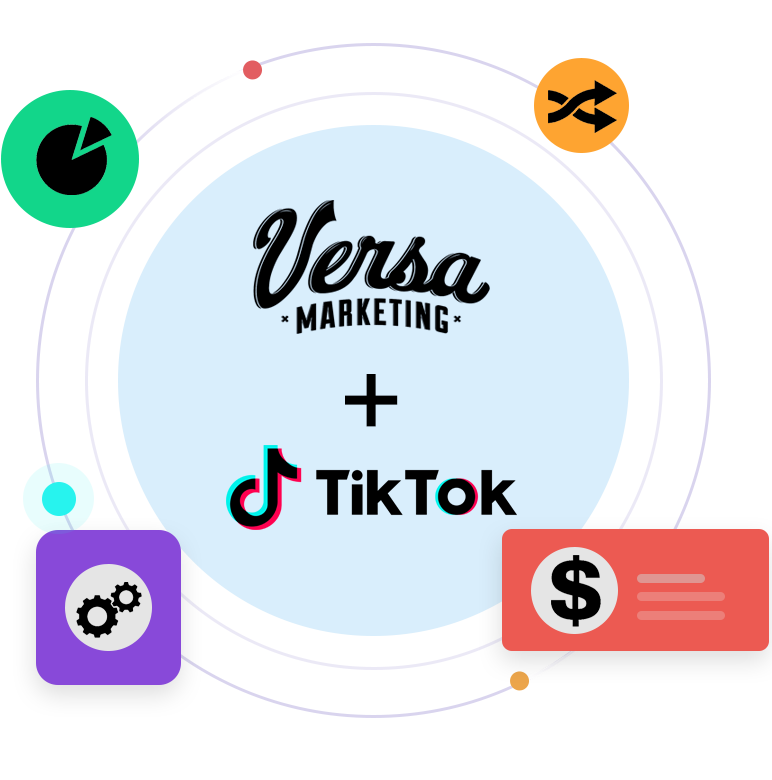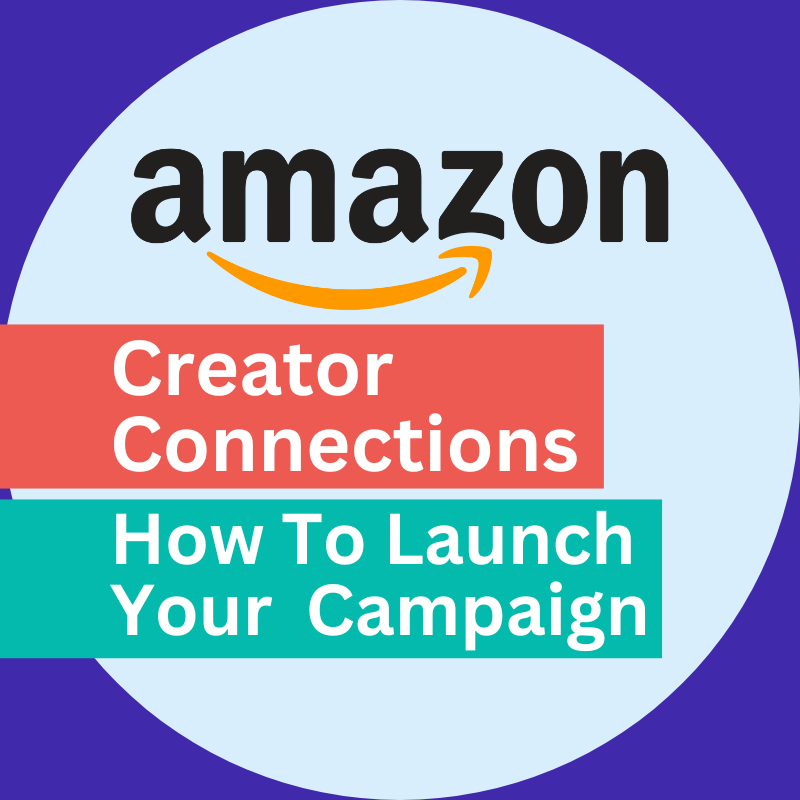Things move fast in business. Really fast, and marketing is no exception. Factor in the digital aspect- multiple social media channels, shifting regulations, trends that go viral and fizzle out before you even knew about it- and you’re in the infield of the Indy 500 watching those racecars whiz around in a blur.
Fortunately, there’s people watching from the press box…data-crunchers and analysts who constantly examine and dissect the numbers to keep you informed and ahead of the action. A recent study by Linqia that’s packed full of relevant data and trends was just released, and we’re going to dive in and see what it means for influencer marketing this year.
Are you part of the 14% NOT Using Influencer Marketing?
02.12.2018

Blog Posts
The Latest From Versa Marketing

Amazon Sellers: Launching an Amazon Affiliate Marketing Program & Creator Connection Campaigns

TikTok Affiliate Program Launch and Management

Amazon Affiliate Marketing Program – Launch & Management

How to Launch Amazon Creator Connections Campaigns

